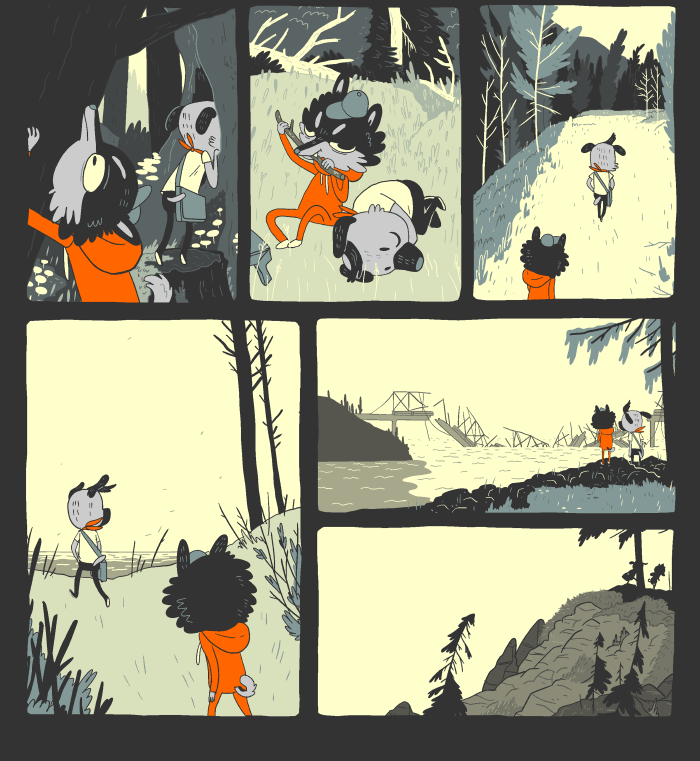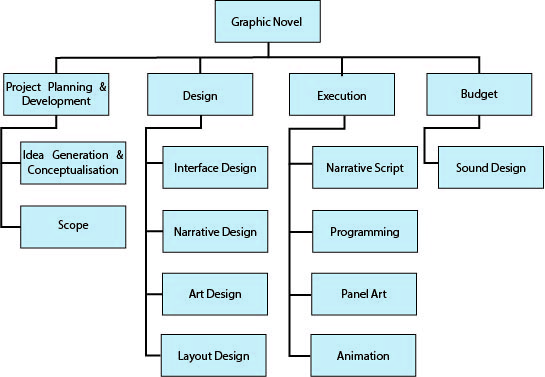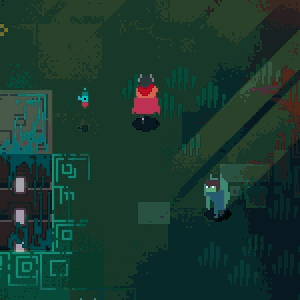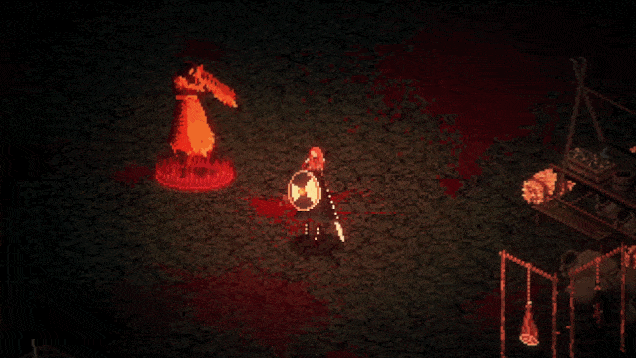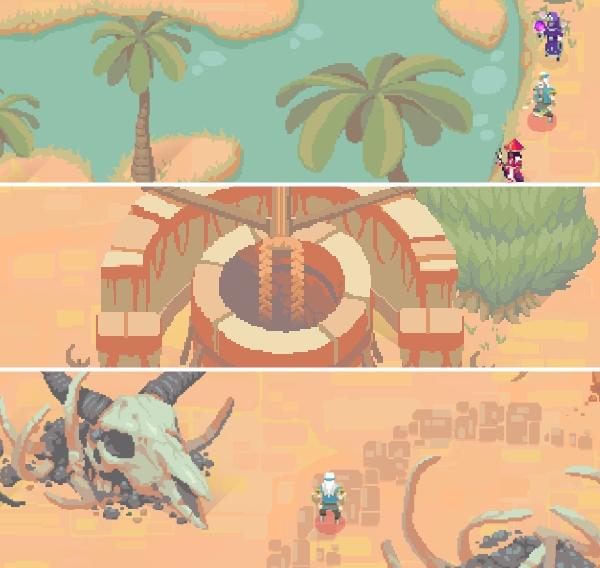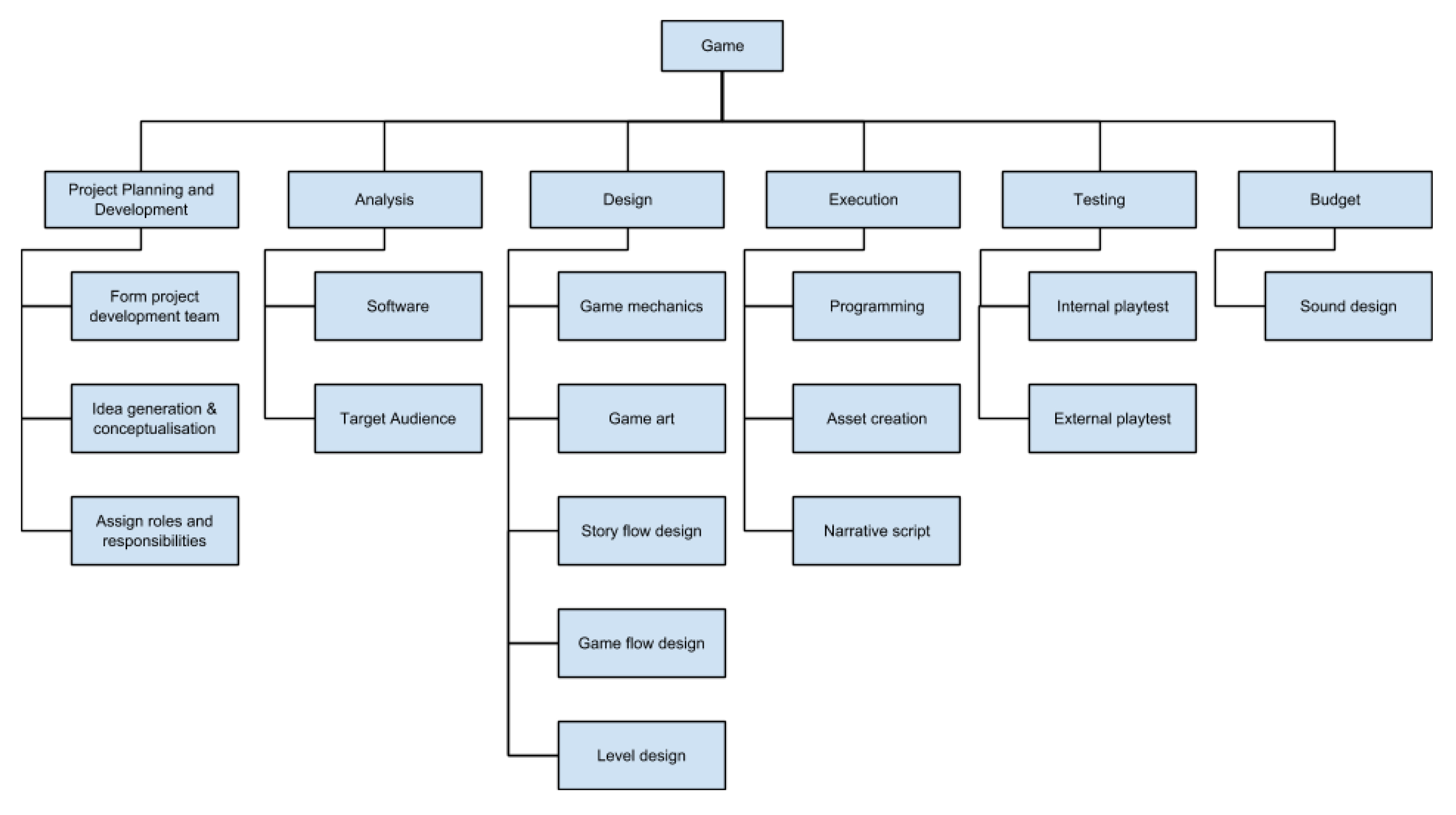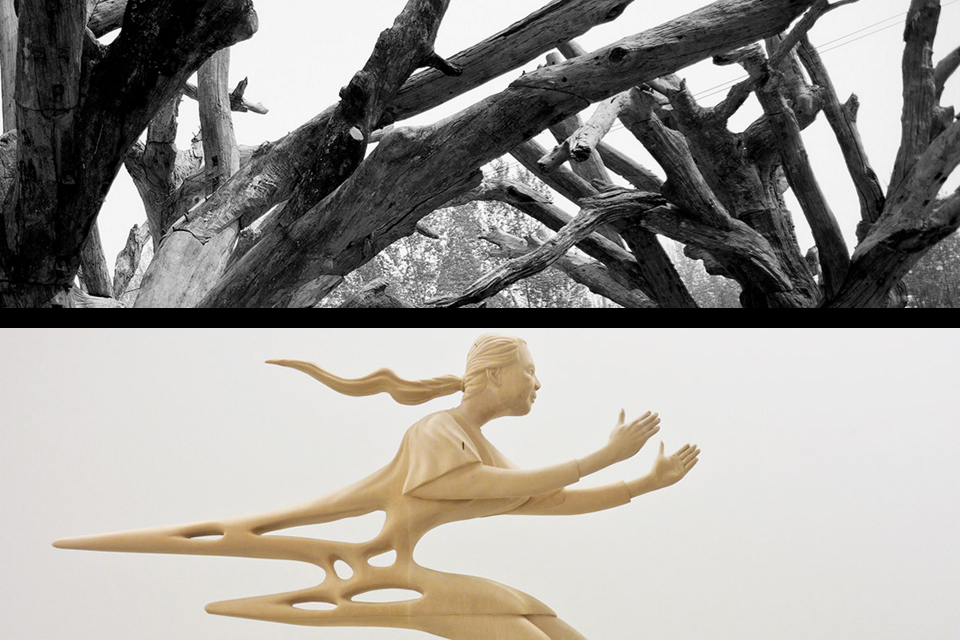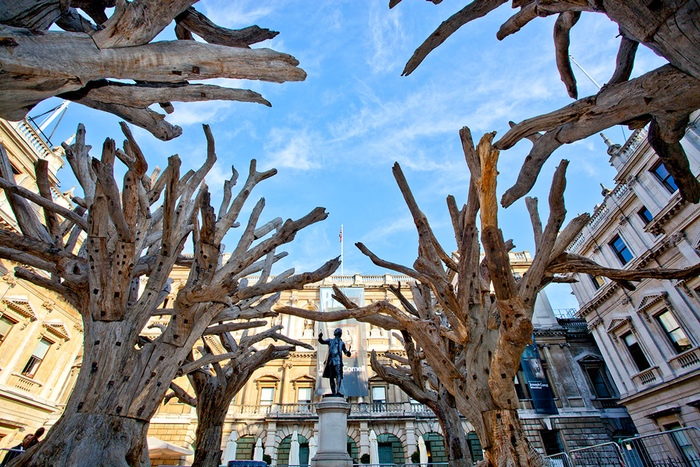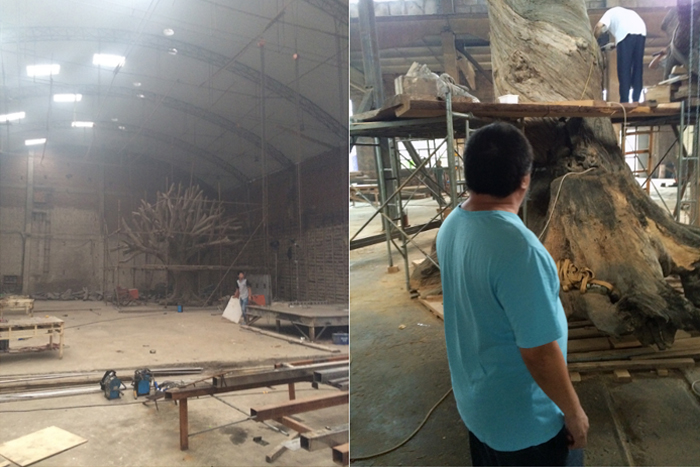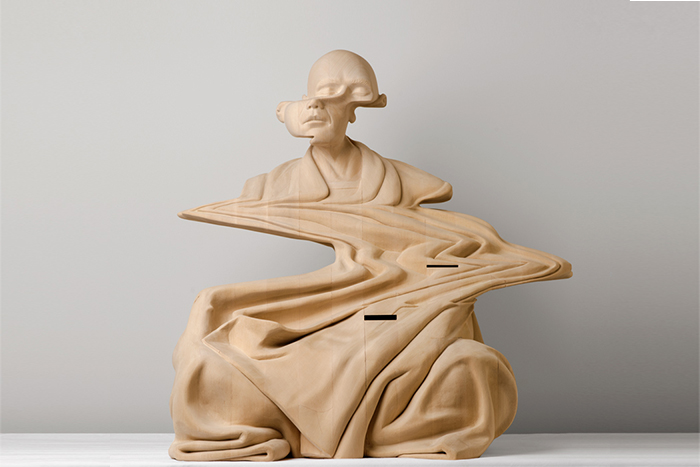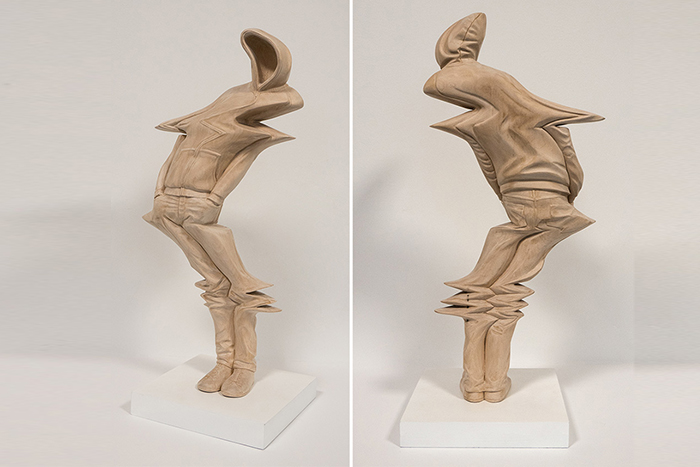INTRO
Welcome back to the next update of Assignment 3. I have narrowed down my Projects to 2. Criteria for selecting these projects out of the 5 were the level of interest I had and how feasible it was to accomplish in a year.
Project 1: GRAPHIC NOVEL
ABOUT
This is the story about a pair of young boys in the sweltering June of 1995. Fishing in the storm drains was a past time back then, we would climb into the drains and look for fish to keep in our homes.
DETAILS
This project is an interactive comic book. Moving gifs would create a more immersive reading experience while little mini-games within the panels would help the reader feel more connected with the characters. In a sense I want to give readers some semblance of my experience when I was a child through this novel.
This project will be a Solo project as well.
INSPIRATION
These images show just how much difference a little movement in the images makes.
TECHNICAL
Done as an interactive website, I aim to use HTML/CSS and Javascript as a platform for my novel. Art and gifs will be done in Adobe Photoshop.
Guiding the player through the use of moving gifs and recording the results of the mini-games I aim to generate endings that differ slightly from each other.
The style of the art would most likely be in Pixel Art as to me it represents a rather retro feel of olden day video games and such giving a sense of nostalgia.
BUDGET
Most of the Art and Programming will be done by myself so budget in this aspect would not be an issue.
Possible use of budget would be for sound design, a subtle background track and another track for more exciting parts and sound effects.
I estimate around $100-$300 will be spent on this.
WBS
TIMELINE/ GANT CHART
Project 2: ISOMETRIC RPG
ABOUT
There are many games out there in the world of today, but what I feel that most people can agree on is that the Game Design element is the most important. Not just the look of the game but how the game is played is most important. What is the player going to be doing for the next 1 to 5 hours.
This Project is an Isometric RPG that focuses of action and strategy.
INSPIRATION
Taking inspiration from games like, CRAWL, HYPERLIGHT DRIFTER, WAYWARD SOULS, EITR and MOON HUNTERS. I feel that this game would best suit the Pixel Art style. Reason being after completing the game, I want this game to be the kind of game you pull out once every few years just to play around with and Pixel Art tends to stand the test of time more effectively that your AAA 3D games.
For mechanics, I took inspiration from games like PORTAL and VOLFIED to create what I believe to be a unique main mechanic of which the game revolves around.
GAMEPLAY
Most of the game revolves around placing points called “TOTEMS” on the map these points act as beacons of a sort when the player dashes into a TOTEM he is transported to a corresponding
TOTEM. When this happens the space between the TOTEMS will have an effect such as DAMAGE or STUN depending on the type of TOTEM placed.

If a player places 3 TOTEMS in the correct physical proximity it will form a TRIANGLE. The effect stated above will then occur within the TRIANGLE.
TOTEMS can come in 3 types, ATTACK, DEFENSE and SUPPORT.
e.g Placing 2 ATTACK TOTEMS will have a DAMAGE effect, placing 2 DEFENSE TOTEMS will have a SLOW effect, placing 1 ATTACK and 1 DEFENSE TOTEM will have a STUN effect.
POSSIBILITIES
This game mechanic has potential to create puzzle elements during the game and also make for interesting COMBAT situations.
NARRATIVE
A Sci-Fi narrative that takes place on a desert planet about a lost traveler trying to find his way home.
Story By Josephine:
A man wakes up in the middle of the desert and he can’t remember his name. The only things he has in his possession is a poncho, and 3 mysterious totems in his pocket. He wanders to look for food and shelter and he stumbles upon a hermit living in a yurt. He shares his story with the hermit and reveals the totems in his pocket. The hermit, recognizing these totems, teaches the man to use them.
The man stays with the hermit and they help one another gather food and chase away bandits — both using the totems. [tutorial levels]A few days later, the yurt is approached by a group of officials who request the hermit pay for the use of their boss’s land otherwise they would have to force him to leave or worst. The hermit is unable to pay, but the man defends him. The officials appear to recognize him which would spark a fight between them. [tutorial levels][this fight will then to level 3 ‘tower’ defense]
MEDIUM
Done in GAMEMAKER STUDIO

Art in ADOBE PHOTOSHOP
PLATFORMS: PC with the possibility of making it a MOBILE APPLICATION.
BUDGET
Most of the assets and programming will be done inhouse.
Possibilities for budget allocation mostly to sound design, a subtle background track and another track for more exciting parts and sound effects.
I estimate around $100-$300 will be spent on this.
WBS
TIMELINE/ GANT CHART

